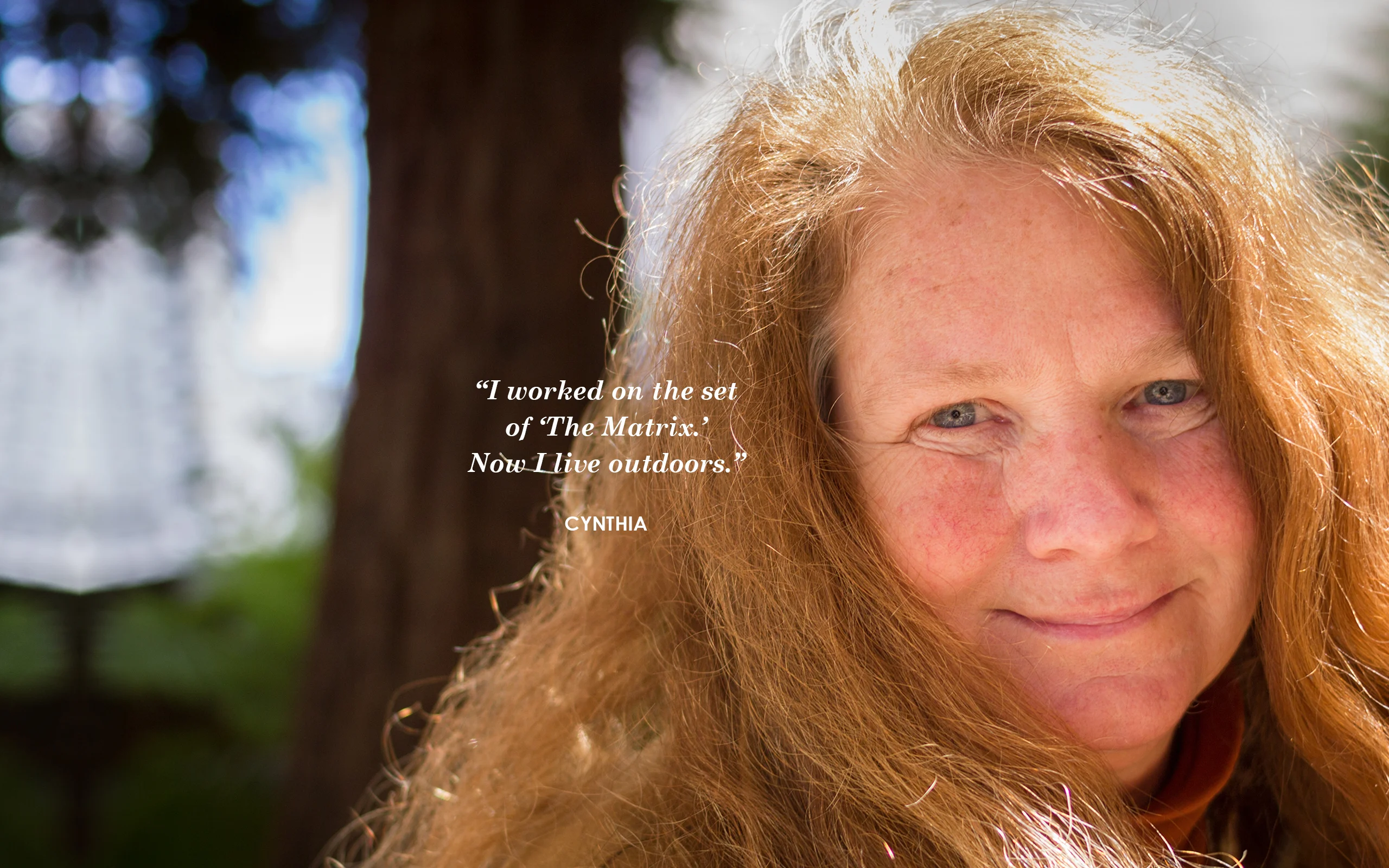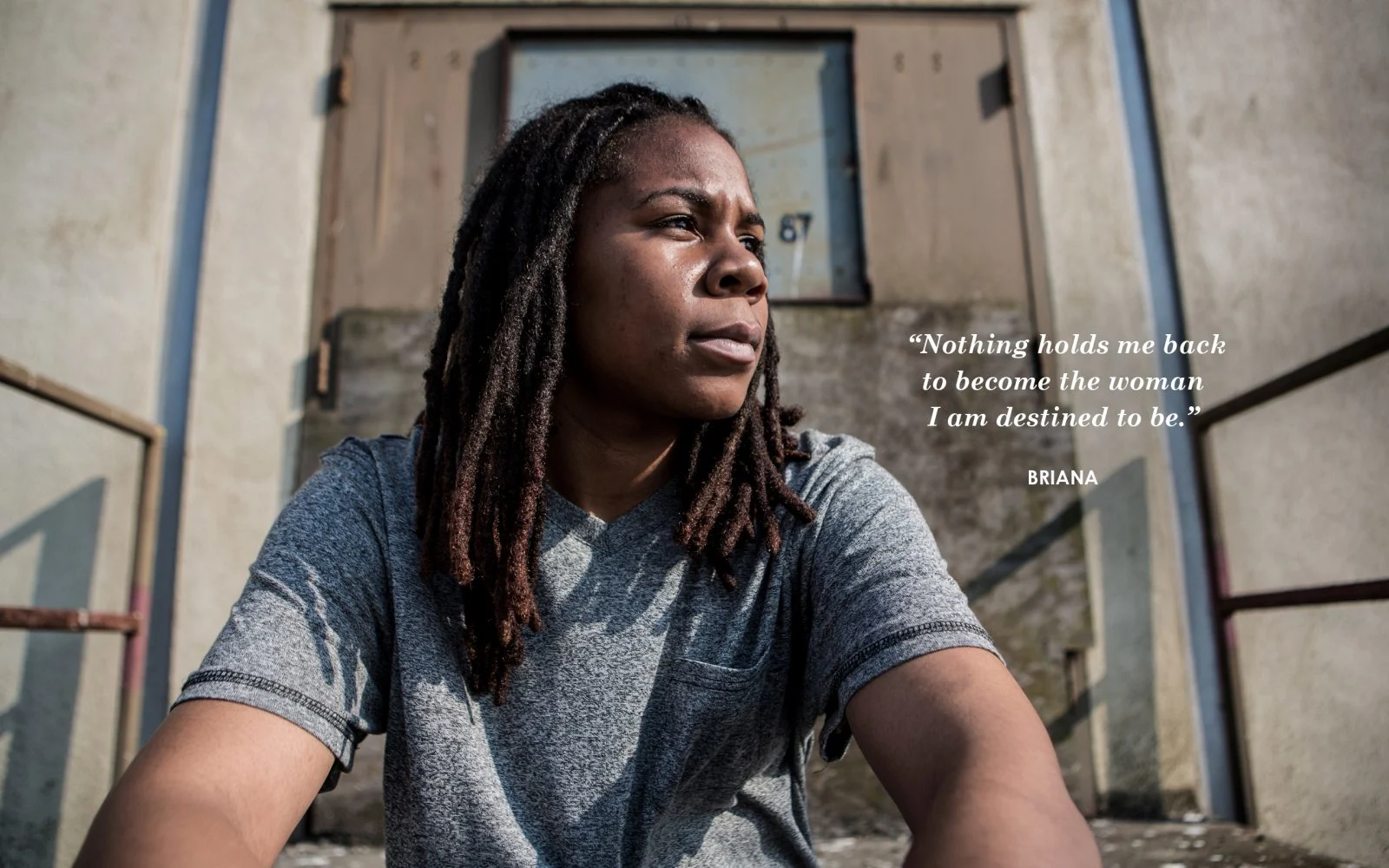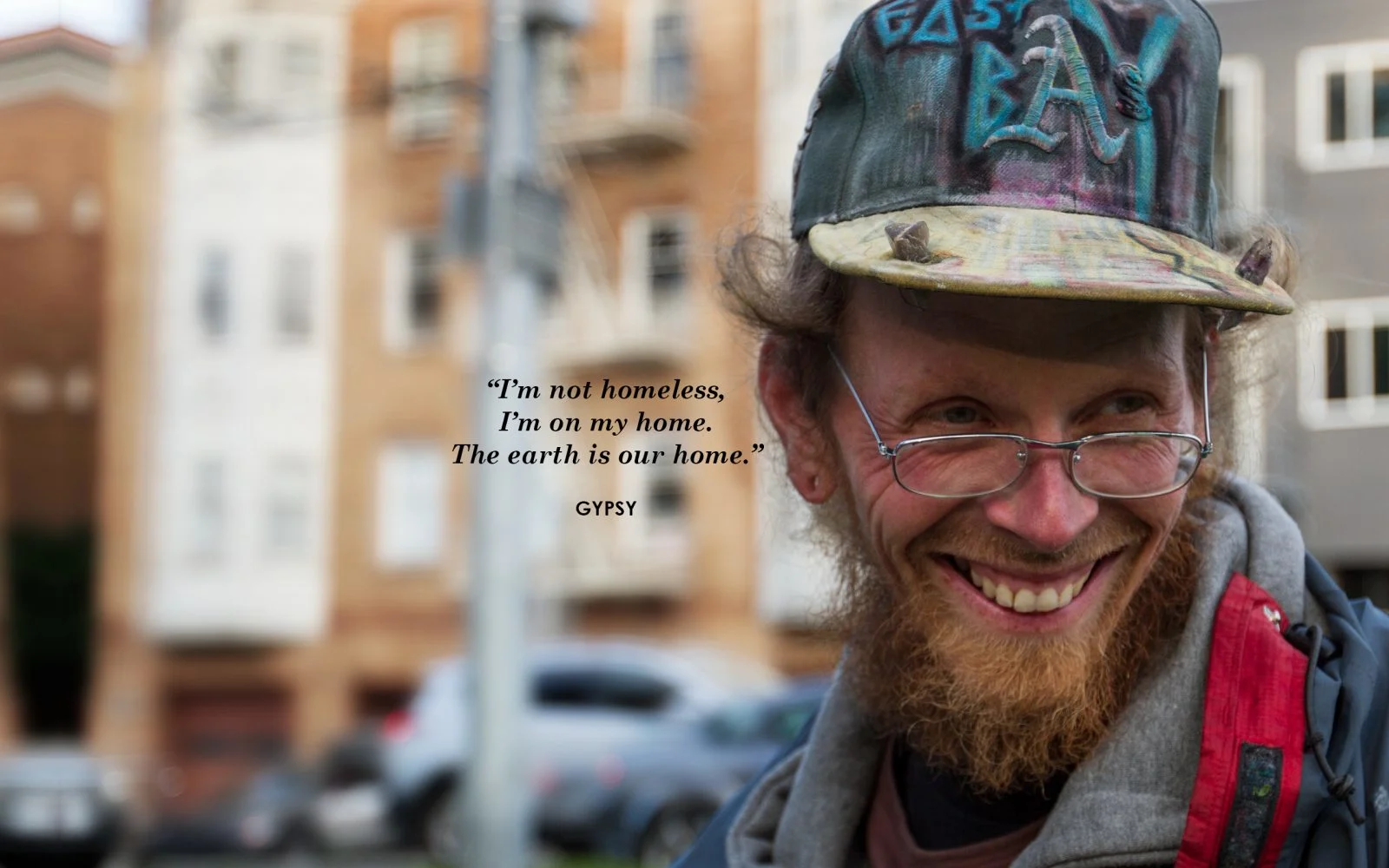
San Francisco has a rich cultural scene, a booming economy and a highly successful creative class. But it also knows extreme poverty, with the US’ second highest homelessness rates (behind only New York). Stories Behind the Fog is a blog that shares the stories of people living on the streets in San Francisco, “humanizing homelessness” one article at a time. It’s a creative way of moving beyond the statistics and exploring the who, the how and the why of one of the city’s most shaming issues.

STBTF started out as a documentary about a homeless man called Moses that has taken ten years to make, and is due for release before the end of this year. The blog grew out of that project, a platform that was more of a call to action. Project lead Diya Guha, who had previously been planning a career in advertising, admits that STBTF altered her own path. “Following a homeless man for over ten years changes you,” she says.

Some of the stories are more incredible than others, but each and every one is true. Diya and her team take fact-checking very seriously. She recalls meeting a man called Ulysses, whose life had taken several strange turns. He told her he had been the first black man to attend Stanford University. “I said, ‘I would like to interview you, but you have to bring me some evidence.’ And he did! He has the schoolbook and I looked him up online and he is a legend.”
Then there’s the story of Cynthia, who worked as set builder on various films and exhibitions, but now prefers to live outdoors. Or Dianna, who had a troubled childhood, but beat addiction to be able to see her daughter and grandchildren for the first time. Each person has a past, and STBTF presents them in very honest, but non-judgemental ways.

You’re struck by each person’s bad luck, but you also wonder what decisions they made along the way. Diya explains situations are usually more complex than that. A major reason people end up homeless is because they don’t have a safe network. They don’t have any family to go to, and if they do, there’s a lot of shame involved. But more often than not, they’ve also been let down by the system.
Addiction is an ever-present danger. “I have done 87 stories,” Diya says. “My understanding is that addiction is like a medium to escape from reality.” A lot of homeless people have had troubled childhoods, abusive relationships or experienced extreme poverty; alcohol, drugs or both is seen as a way to cope with that.

Diya finds people by reaching out to a lot of nonprofit groups and she is always aware of representing a broad cross-section of the people who end up on the streets. It is easy, she knows, to stereotype homeless people, but her blog gives a name, a backstory, a face to those we too often avoid or ignore, out of discomfort, guilt or even fear. In an accessible way, it shows everyone has, and deserves a story.
“The first thing is to have a conversation,” Diya says. “They think they are lost, or invisible. The first thing anybody can do is treat them like another human being.”